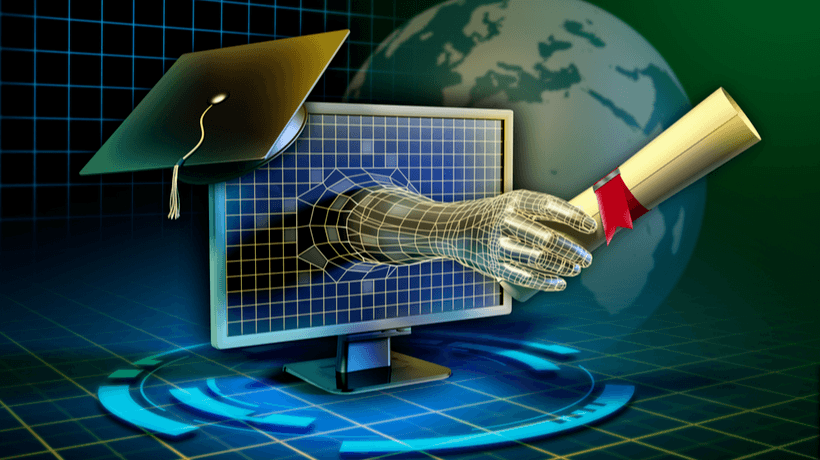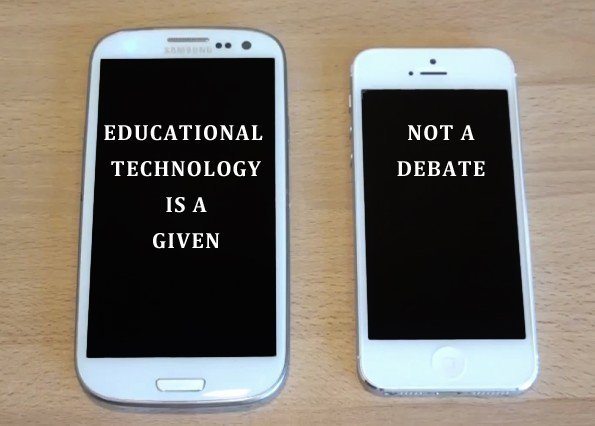The Impact Of EmTech On Education Will Be Huge
The speeded introduction of new technologies is well underway. It will impact nearly every aspect of our daily lives. Its impact will likely be continued for years to come. Historically, periods of dramatic technological change were brought about by a single element of new technology. This is about to change. Today, there are eighteen rapidly advancing technologies that will impact the overall economy of the next decade. Analysis shows there are multiple of these eighteen emerging technologies that are now coming into play and beginning to grow in adoption and use.
Below is a list of those 18 emerging technologies (Updated July 2021):
- Artificial intelligence (AI, machine learning, cognitive computing)
- Autonomous connected vehicles
- BioTech and informatics
- Blockchain (deep ledger technology)
- Cryptocurrencies (digital money)
- Drones
- Internet of Things (IoT)
- Quantum technologies
- Robotics
- Smart buildings
- Smart cities
- Smart classrooms
- Smart homes (communities)
- Smart roadways
- Virtual/augmented/enhanced reality/human augmentation/immersion
- Wearable computing
- 3D printing and 3D printer materials (nanomaterials)
- 5G technology
Note: These technologies are listed in alphabetical order and not by the level of impact or market size.
The combined global market value of these eighteen emerging technologies will grow to around $7 trillion USD in 2025. In this rising innovation economy, they will create/enable solutions that were previously unachievable. The greatest effects will likely come when a few of these emerging technologies are integrated as solutions to a single problem. The opportunities this creates have many organizations beginning to plan for the likely disruption all of this brings with it.
An increasing number of professionals are beginning to realize that they must prepare for these coming technological challenges. Staying up-to-date with the changes in technology is not an easy task. In fact, it’s increasingly becoming more complex, thus growing the level of difficulty to meet the challenges all of this brings. Studying the potential effects, it appears the most challenging area will be education. Taking advantage of these eighteen technologies requires skilled workers. That puts the problem on the shoulders of the global education community. This is especially the case when you look at the required workforce of the next few years when the technologies begin to be commercialized and put into use.
4 Key Aspects
- Emerging technologies will require enhanced instructional techniques.
- Emerging technologies will create a requirement for continuous learning.
- Emerging technologies will eliminate hundreds of millions of jobs in the coming years.
- Emerging technologies will likely create hundreds of millions of new job opportunities and skill requirements in the next few years.
Organizations are aware of the need to prepare for what’s ahead. This means educational innovation must become a central part of an organization’s culture. With all the challenges that are now being faced, eLearning plays an increasingly critical role. This shows support for the current eLearning market estimate of a compound annual growth rate (CAGR) of over 14% for the next few years. This will grow the global eLearning market to exceed $374 billion USD in 2026. The likely pace of change demands the shortening of the entire education lifecycle. This includes courseware creation as well as updating the instructional skills and knowledge of education professionals in addition to new, enhanced delivery mechanisms and tools.
To meet this task head-on, educators, researchers, technology thought-leaders, and entrepreneurs must come together. Sharing knowledge, experience, and insights about vital skills needed for tomorrow is crucial. Like with most transformational changes, the coming period of change will be met with resistance. Many believe that a lack of confidence is the leading reason for resistance to the coming change. At this time, there are very few places to acquire the education/training needed to increase the level of confidence in one’s knowledge and skills about the coming technological changes. Given all that is at stake, this has to be immediately addressed.
The pace of change is accelerating. Multiple organizations have published the research they’re conducting on this topic. What’s clear is that all professionals, especially educators, must get ready for quicker change and for the future of their work. With all of this, the development of a new curriculum surrounding emerging technologies must be accelerated and kept updated. It is easy to see just how this is interdependent. Education produces the human resources required to conduct research that enables new technology. Those research breakthroughs build the need for educated resources to innovatively develop new, technology-enabled products. Then, there are those that manufacture the new, technology-driven products. We must not forget about the services. There are those that install them, train people on their use, and maintain them. Combined, this creates an increasing need for highly skilled, up-to-date educators that enable those needs to be met.
Conclusion
We have reached an inflection point. These new technologies will be an increasing part of all educators’ professional environments. One aspect is technology-enhanced programs. It is a growing part of the education needed for today’s and tomorrow’s students and workers. The infusion of this brings a greater benefit and value to students and educators alike. (Note: please look for an upcoming article on the smart classroom that will examine one aspect of this change.) Advances in technology will likely create new educational concepts, teaching models, and tools to enhance the learning experience of students. One can’t help but ask if we have invested enough in preparing for this. We should also examine if we are lacking teaching methods, tools, systems, upskilling/reskilling support, and current educators to meet today’s changing/increasing needs. Clearly, all of these issues must be addressed and done so quickly.







